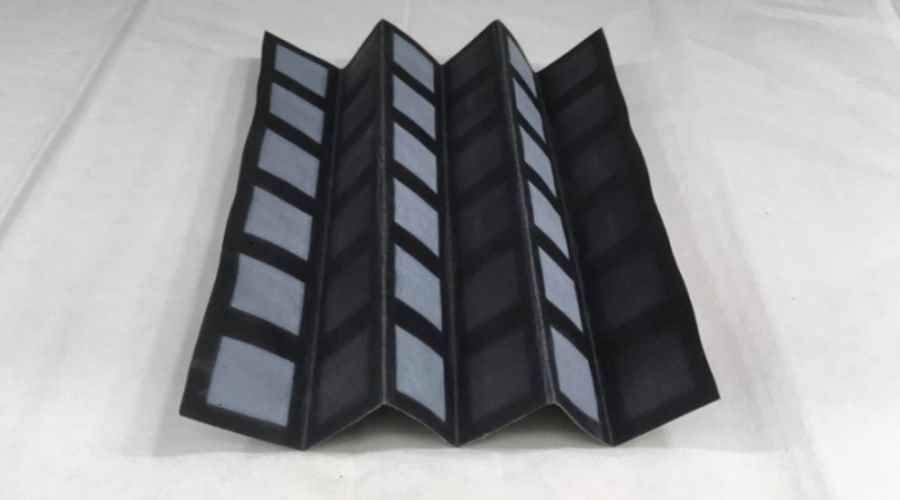
Battery powered by bacteria from sewage
The result of New York University researchers is astonishing. The technique used by Professor Seokheun Choi and Yang Gao is fast, cheap and easy. Biobatteries generate energy through cell respirationóThe construction on paper is part of a new field of research called paprotronics.
The battery consists of a strip of silver nitrate covered with a thin layer of wax (cathode) on one side of a sheet of paper (a special paper with certain parameters and high purity), and on the other side there is a container with a conductive polymer (anode). When properly assembled so that the cathode and anode are in contact and a few drops of effluent are added, the cell generates energy through the metabolism of a microorganismów.
The power and amperage depends on the method of assembly and the number of such batteries. In tests, the researchers obtained from six cells prepared in this way either 31.51 microwatts and 125.53 microamperes or 44.85 microwatts and 105.89 microamperes, depending on the assembly technique.
This type of battery will not be a solution to power conventional electronics. For example, to light a 40-watt incandescentówki needs about a million of such cells, but could prove useful for powering simple biosensorsóused to monitor glucose levels in a patientóin diabetes or for pathogen detectionów.

